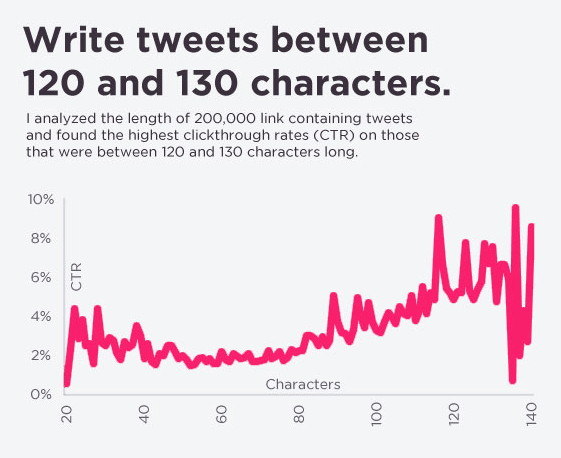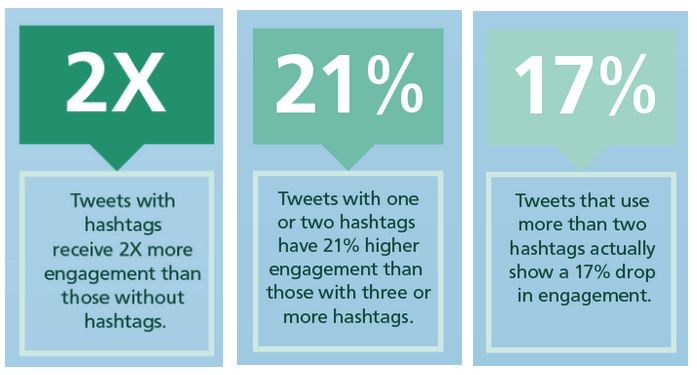There’re two sides to every story, and we’ve heard about every angle when it comes to the value of social media marketing. Some believe organic social media is dead, that there is absolutely no value in it at all, others think you should only do organic if you’re invested in paid, and some think organic social media effort still adds significant value for B2B businesses.
So, who is right?
The truth is it all depends on your overall marketing goals. Every business, company, industry is different, so to say one way or the other is right or wrong, simply doesn’t make sense.
30 Minute How-To Guide: Check out this webinar to learn how you can build your brand on LinkedIn ➢
Here are 6 things that you must know about organic social media before you make that decision for your company:
1. Organic is Still FREE
Regardless of your opinion on the importance of organic social media, there’s one thing that can’t be argued – it’s still free publicity for your company. Being active on the right social media channels isn’t going to hurt your brand, it can only amplify it.
2. Brand Validation
Potential employees, clients, candidates, they are all on social media, especially LinkedIn. Many people will look at your social profiles before they visit your website. These users look at social channels to validate their decisions to engage with a brand. That engagement could be a call, a signup, or merely a follow, but it’s a way that they start to build a relationship with a company. That decision will be influenced by what information, reviews or content they find on your social profile.
3. Engagement: Organic Content Resonates with Engaged Communities
Some brands can post and without effort, get a ton of engagement, which is great, but it’s not reality for every brand or industry.
The days of scheduling out posts and crossing your fingers are gone. To have success, you need to invest in creating engagement. This means engaging with others and most importantly, making employee advocacy a priority. This is vital in today’s landscape for building an online presence and making your organic postings worthwhile.
In general, organic content just won’t break through the social networks’ algorithms, but with support from your employees and a community, the reach potential can increase tremendously.
4. Listening: It’s Not Just About Posting – Social Platforms Allow for Companies to Listen Too
Did someone have a bad or excellent experience with your company? Chances are if they did, they might want to talk about it. It’s important to monitor social media to know what others are saying about you and your brand. This is something that regardless of how active or not active you are, it’s not going to stop others from not being active.
Have a nasty Google review? Here’s what you can and cannot do to get rid of them.
5. Paid Social Media: Organic Social Media Can Only Compliment Your Paid Efforts
Realistically, paid social isn’t much of an option when it comes to effective social media marketing anymore. Your paid and social media efforts should complement each other, working together as a strategy compared to individual tactics. One mistake I see with companies is that they don’t realize there are multiple different ways you can utilize paid social media, it all depends on your overall goals.
Bottom line, if you want to maximize your social media marketing efforts and prove true ROI, you’re going to need to use paid and organic together in a strategy.
6. Authenticity: Social Provides a Different Level of Authenticity for Brands
Organic social provides you a chance to show others who you are as a company and not just the services you offer or what you sell. It allows you to showcase what defines your organization, who is a part of building it and what’s important to you. It’s great to have authenticity on your website or show a culture page, but you should be telling your story, not just waiting for people to land on the right page to find it.
Related Post: Why It’s Vital to Keep Your Recruiting Company’s LinkedIn Profile Up-To-Date ➢
As you can see, organic social media isn’t completely dead. I think it’s safe to say that paid social media plays a huge role more now than ever before in implementing a successful strategy, but organic is still just as relevant today as it was in the past. Just because it may have become more challenging, doesn’t mean you should throw it out completely.
The most important thing to remember is that social media marketing is a potent marketing method that can help your business reach its overall goals. But for that to happen, there needs to be a valid strategy behind your efforts, flying blindingly or just winging it, isn’t going to cut it anymore.
Related Post: 10 Tips For Optimizing Your Linkedin Profile ➢
Watch Parqa’s Free 30-Minute Webinar: Growing Your Personal Brand on LinkedIn For Recruiters. LinkedIn is the go-to social network for recruiters, it’s never been more important to make sure your personal brand stands out online. Learn how to grow your business, and gain traction on LinkedIn, in this 30-Minute How-To Guide for Recruiters.


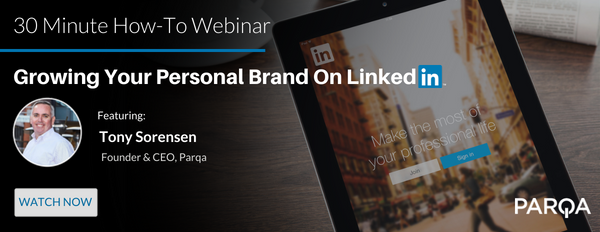

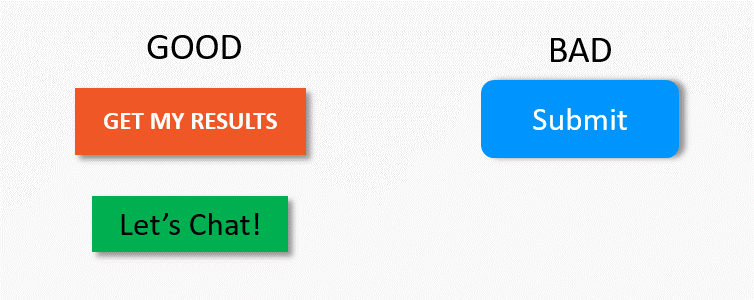
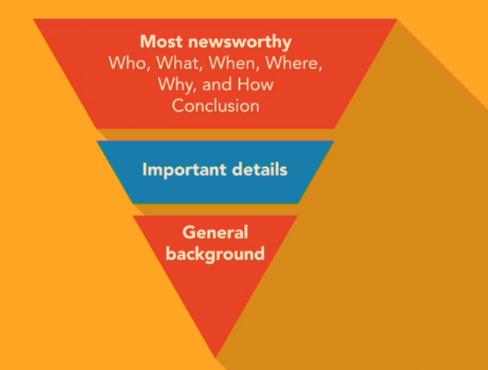
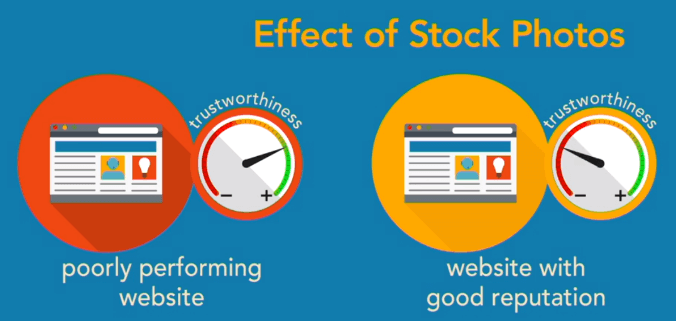 It’s okay to utilize some stock photos, as long as they don’t scream “stock photo”
It’s okay to utilize some stock photos, as long as they don’t scream “stock photo”


